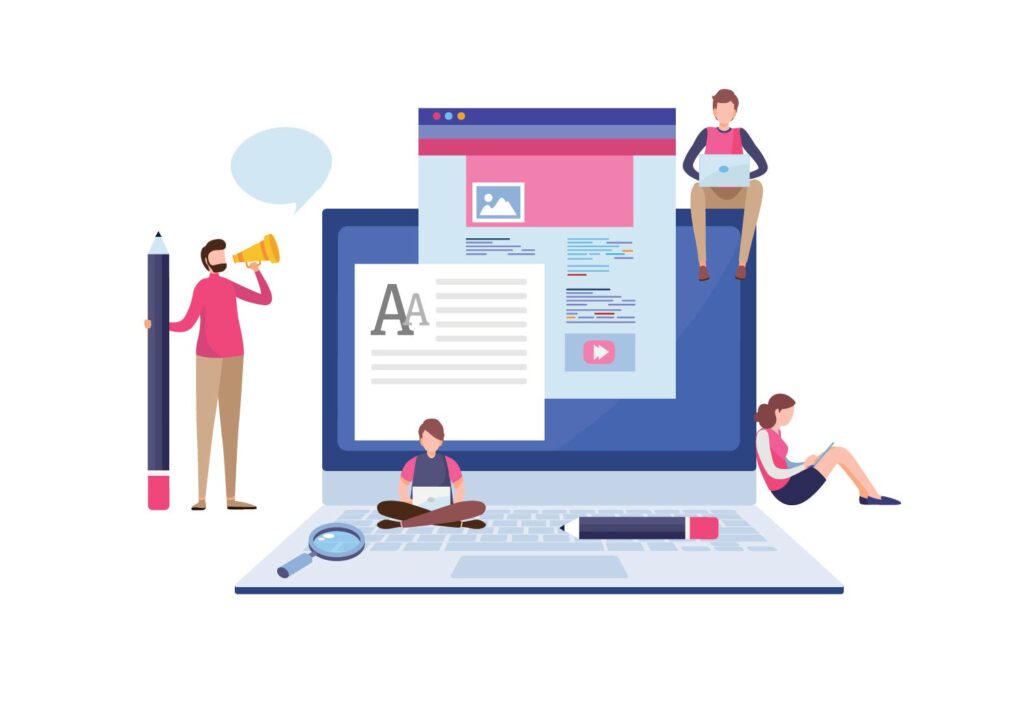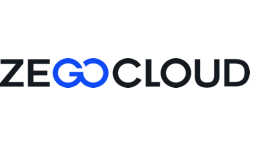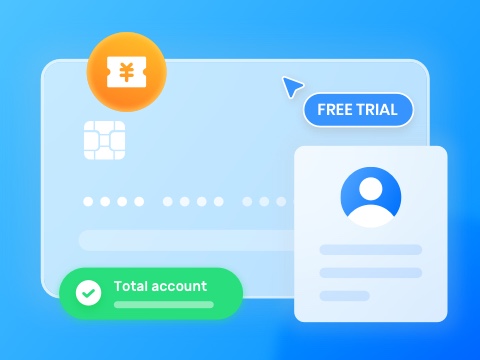Want to build projects that aren’t just impressive but make a real-world difference? Look no further! In this article, we will share a list of popular full stack projects for 2025 that will help you create powerful web applications and also level up your coding. These practical full stack projects are perfect for practicing and boosting your resume. That being said, let’s begin!
What is Full Stack Project Development?
Full-stack project development is more complex than basic apps, akin to building a skyscraper rather than just its facade. It encompasses both the front end—what users see, using technologies like HTML, CSS, and JavaScript—and the back end—hidden processes, with languages like Python or Node.js for data handling and logic.
Full-stack work offers a comprehensive understanding of web development, from user interface to server-side operations, making you a versatile developer. It’s about mastering both the appearance and the structure of web applications, preparing you for projects that demonstrate a deep grasp of development. Embrace full stack projects to become a well-rounded professional, capable of bringing complex ideas to life.
10 Best Full-Stack Project Ideas for 2025
If you’re looking for a full-stack project for either your GitHub portfolio or even for fun, stay focused on this section as we explore 10 of the best full stack projects for a full-stack developer.
1. E-commerce Platform

In our current world, e-commerce is taking over traditional means of buying and selling. An e-commerce platform has all the features of an ideal complete software project. From managing shopping carts to connecting with payment APIs down to displaying items to users based on algorithms, e-commerce is a sure-fire full-stack project idea to go for.
One cool fact about this type of full-stack project is that it can be run as a website or a fully-fledged mobile or desktop app. This gives full-stack developers going for it an opportunity to test both web and app development. When working on an e-commerce full-stack project, you can use platforms like Amazon, eBay, Offerup, and even Facebook Marketplace for ideas.
2. Restaurant Delivery App

Ever fancied the sleek design of your favorite food delivery app? Or did you wish it had even cooler features? You can build your own dream app as a full-stack project, filled with everything you ever wanted! Think of it like building your own online store. It’s a sweet project for learning full-stack development (both the front-end you see and the back-end that makes it tick).
This project can be built using coding tools like CSS and JavaScript to make your app visually stunning and dynamic. Imagine seeing your orders update in real time, just like magic!
Under the hood, you’ll add tech that processes orders and shopping carts. Think of it like building a mini-kitchen in your code! You can even use ready-made tools for things like payments and cloud storage, making it easier than ever.
Need inspiration? Check out apps like Uber Eats for ideas. Imagine adding features you’ve always wanted, like a loyalty program or personalized recommendations.
3. Learning Apps

Remember those cool apps you used to learn coding? These “tutorial apps” are everywhere, each teaching different skills. Building one yourself is a fantastic way to learn more and impress future employers! They’re usually simpler than complex apps, making them perfect for full-stack beginners.
You may think building one is difficult, but don’t worry; the backend doesn’t need fancy server connections unless you want to make it super-special. Just focus on learning and having fun!
If you’re looking for learning app inspiration, there are tons of education apps out there. Just search online and choose one that sparks your interest.
4. Games

Want to jump into full-stack development but feel nervous about working on a game like Age of Origins or Call of Duty? Don’t sweat it! Creating a simple game can be an awesome learning experience.
Think of it like this: games often involve keeping track of players’ scores and storing them somewhere accessible for everyone. Building this “scoreboard” system will introduce you to the magic of servers, a key part of full-stack development. It’s basically learning how stuff gets saved and shared online.
The cool thing about games? They come in all flavors! Online games play with web techs like HTML, CSS, and JavaScript, sometimes with special tools called frameworks. But if you prefer games that work without an internet connection, check out options like Flutter, Java, or Python Kivy. These tools are like Swiss Army knives, handling both the pretty visuals (what you see) and the behind-the-scenes data stuff.
5. Video Conferencing App

While seemingly complex, this full-stack project provides the perfect platform to hone your skills. Focus on learning and improvement, not initial perfection. Begin with a simple static prototype and gradually add dynamic features.
Utilize JavaScript or Vue.js for the user interface and Python Flask for the backend logic. Combine these with AWS’s powerful deployment and management tools to create an efficient video conferencing app. You can utilize video conferencing API providers like ZEGOCLOUD to help you build faster.
Look to established apps like Google Meet, Zoom, and social media video calls for inspiration. Research the technologies behind their specific features and integrate them into your own app.
6. Social Media App

Another awesome full-stack project to build is a social media app! It can be as simple as a school chatroom or as complex as a mini-Facebook, depending on your ambition. To connect your schoolmates or create a community app? Go for it! You can keep it basic, focusing on features like updates and discussions.
Feeling bolder? Clone existing apps like Facebook for practice. It’s a fun way to learn while creating something familiar. Don’t worry about fancy terms like “passport.js” or “React.” Think of them as tools that help users log in, keep their information safe, and update the app smoothly.
You can use “hosting servers,” like dedicated storage spaces, to keep user data safe. “React” helps update the content like a newsfeed in real-time, while “vue.js” makes it work well on different devices, like phones and tablets.
7. AI-Powered Music Player

Think music players are all buttons and playlists? Think again! With the magic of artificial intelligence (AI), you can build a music app that feels like it can read your mind. Buckle up, aspiring full-stack developers, because this project is perfect for 2024!
Forget the boring old shuffle. Imagine your app suggesting songs that match your mood, like a personal DJ. Or how about setting a sleep timer based on your usual listening habits? AI makes these and other cool features possible.
Don’t worry about being an AI whiz. Many platforms offer free APIs, packed with pre-built AI tools. These are basically cheat codes to add intelligence to your app. With these tools, building a basic music player with AI features is totally doable. As you learn, you can add more complex features like personalized playlists or even voice control.
8. Weather App

Building a weather app for mobile and web is exciting. It’s a simple project perfect for beginners, helping you understand how websites and apps work together. Imagine showing people the weather, wherever they are! Whether it’s specific locations or global updates, your app can do it all.
Don’t worry about tough stuff like “react.js” or “backend.” Think of them as assistants that keep your app updating smoothly and connect users to weather data. Imagine an API like “AccuWeather” like a weather expert giving your app all the info it needs.
This project isn’t about being a design superstar. It’s about the code behind the scenes. Think of the existing weather apps on your phone and how they show you the latest weather. You’re building the engine that makes it all work!
Start with basic features like current temperatures and forecasts. As you learn, you can add things like hourly updates, animated weather icons, or even fun facts about different weather phenomena.
9. To-Do List App

This is perhaps the simplest of them all. As a full-stack aspiring to improve, you can create a to-do list app that can be remotely accessed by users. It can also run on the web if you wish.
Generally, the tech stack used for such software is UI technology like HTML, CSS, and JavaScript and/or its frameworks for dynamics and backend. MongoDB can be used for database management to ensure that information stored on the cloud via the app is untouched.
Examples of to-do list apps for project inspiration are TickTick, Microsoft To-Do, and Google Tasks. Analyze their features and be creative with your idea.
10. Content Management System (CMS)

Perhaps you’re bored or you are looking for a new project to impress recruiters with. You can create a CMS platform. This isn’t highly recommended for beginners, as a content management system can be very complex, from its initial development to its maintenance.
This is a platform that allows users to manage their content automatically across different platforms to save time.
One major content management system platform is WordPress, and if you can find something they aren’t doing so well and a better way to do it, you’re set to go. A CMS itself is already a complex project, but with advancements in full-stack tech in 2024, using full-stack tech to build it won’t be much of a problem for a senior developer.
If you are good at a tech stack like PHP, you can efficiently handle this type of project. PHP has the necessary dependencies to pull such a project together and can be easily connected with UI and front-end technologies.
Why is Full Stack Development Important?
Full-stack development has its headaches, and that’s understandable, but knowing full-stack development comes with a lot of benefits, including:
- Full-stackers speak both languages: they understand HTML, CSS, and JavaScript for the user-facing side, and Python, Java, or Node.js for the server side, ensuring seamless communication between the two.
- Efficient Multitasking: Working in a full stack gives you the all-in-one ability to build, deploy, and maintain without delays in time.
- Highly sought-after: Full-stack developer’s salary is generally in higher demand than most tech careers. This comes with a competitive salary, career flexibility, and the ability to bring your own ideas to life.
- Smart problem solvers: They understand how changes in one part affect the other, preventing ripple effects and ensuring the software runs smoothly.
- Independence: the ability to work on both the front-end and back-end enables full-stack programmers to do their stuff and even create an app without an extra hand (that’s if they are solo workers).
Full stack development equips one with complete knowledge about software development. They are truly coding ninjas with the ability to maintain databases and security, connect APIs, test, and code.
Choose ZEGOCLOUD SDK for Full Stack Projects
ZEGOCLOUD allows full-stack developers to easily and effectively build applications and software with video calling and live chat features in their full stack projects. As a full-stack developer working on a project for full-stack, you can utilize the power of ZEGOCLOUD’s software development kits (SDK) and its API to add real-time features to your full-stack web project. Full stack projects such as a social media app, video conferencing app, and even your tutorial app can be powered by ZEGOCLOUD.

There are many advantages to connecting your full-stack project with ZEGOCLOUD, including:
- Seamless real-time communication: Integrate high-quality video and audio calling features with minimal fuss. It’s the perfect choice for your video conferencing project.
- Effortless scalability: Handle large user volumes effortlessly, thanks to ZEGOCLOUD’s global network of data centers. Ensure smooth performance for users worldwide.
- Cross-platform power: Build projects that you can share with your friends using different devices for testing and rating. Using ZEGOCLOUD ensures your project can run well on all platforms.
- Simplified development: Connect ZEGOCLOUD’s well-documented SDKs seamlessly into your project, even if you’re a newbie full-stack developer. Leverage various tools, tutorials, and technical support to accelerate development.
- Cost-effective solution: Perhaps you want to take your project to a higher level. You can choose from flexible pricing plans that fit your project’s needs and budget. Pay only for what you use.
ZEGOCLOUD is one of the few tools that can truly make your full-stack project stand out from the rest and give you the pro vibes that you want.
Conclusion
Consistent practice is crucial for mastering full-stack development. Choose projects that interest you, embrace the learning curve, and tackle challenges head-on. Every project you complete builds your skills, making you a formidable full-stack developer. Using ZEGOCLOUD can streamline your development process, enhancing your full stack projects with advanced features and functionality. Start your journey to becoming a professional full-stack developer and sign up with ZEGOCLOUD to elevate your coding adventure.
Read more:
FAQ
Q1: Can I learn full-stack development in 3 months?
With a focused study plan, you can learn the basics of full-stack development in three months. Start with front-end basics, then move to a back-end framework and learn database basics. Hands-on projects will help reinforce your knowledge, but achieving full expertise will take longer.
Q2: What skills are needed for full-stack development?
Full-stack developers need skills in front-end (HTML, CSS, JavaScript) and back-end (like Node.js, Python, or Java). Database management skills (SQL or NoSQL), Git for version control, and some deployment knowledge are also essential. Strong communication skills and problem-solving abilities help work in teams.
Q3: Which language is best for full-stack development?
JavaScript is the most widely used language for full-stack because it can be used on both front and back end (with Node.js). Other good choices include Python, Java, and Ruby, each with strong frameworks and support depending on the project requirements.
Let’s Build APP Together
Start building with real-time video, voice & chat SDK for apps today!










